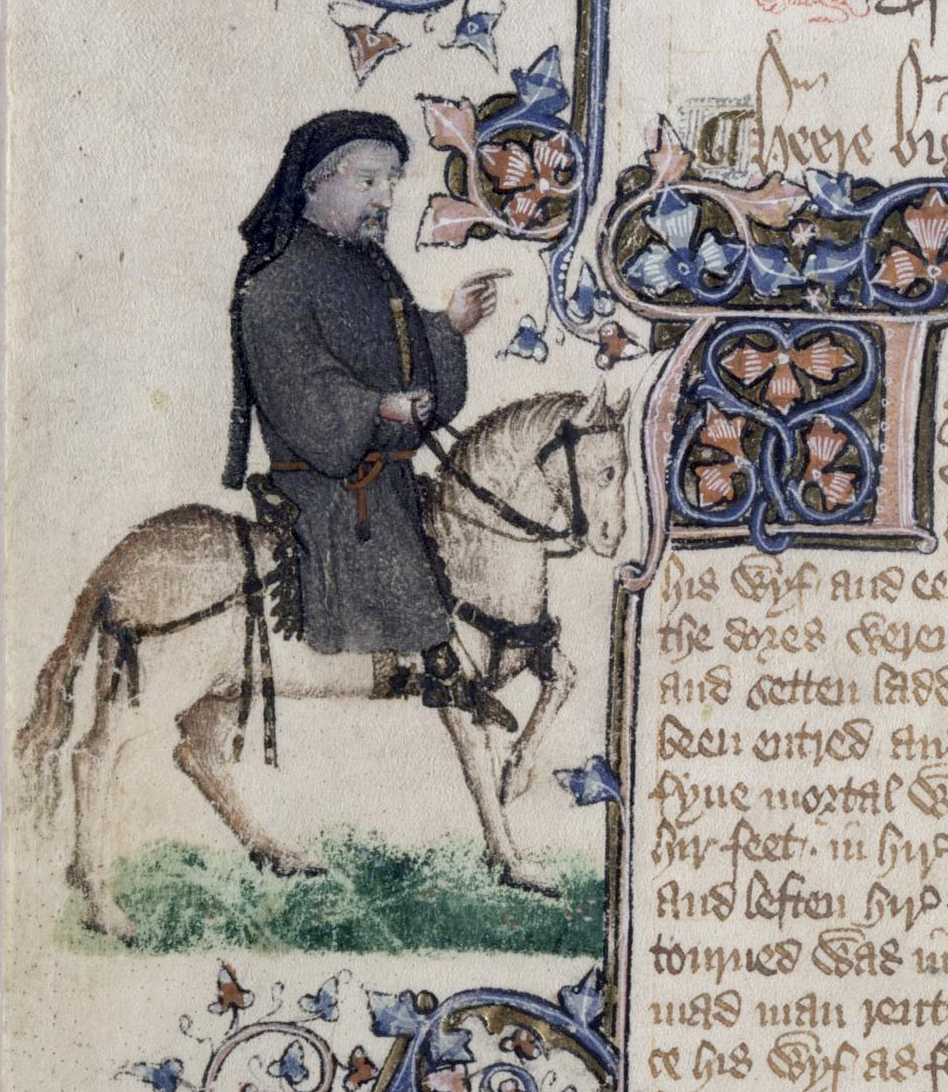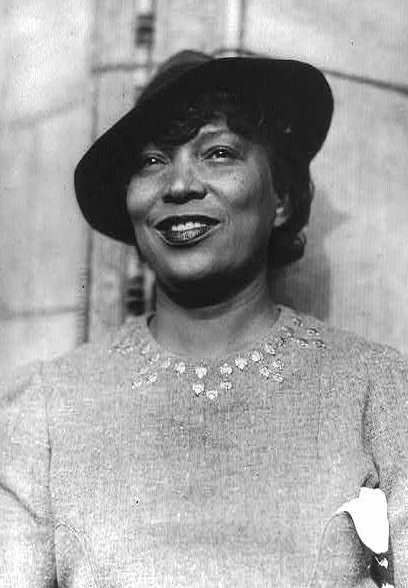 |
| Frontpiece to Mary Shelley's "Frankenstein" (1831) By Theodor Von Holst Source: Wikimedia Commons |
Victor Frankenstein is a privileged, intelligent young man from Ingolstadt who is passionate about life and the mysteries of creation. Fueled by this passion, he creates a sentient being. The drawback of Victor’s creation is its visage; the creature is more hideous than any other living thing on Earth, and all who look upon it instinctually draw back in fear.
Loved by no one (especially not Victor), the creature flees to the woods of Germany. There, he becomes literate in both words and love. Though, when he approaches the humans whom he cares most about, they react with predictable horror upon seeing his hideous form. Abandonment and fear are the two constants in the creature’s life. Those two things shape the creature into a demon, one that wishes to visit agony upon his creator by murdering everyone Victor holds dear.
Major themes in this book include humanity’s ever-expanding reach in creating something greater than human. However, as Victor learns, once such a being is created, it cannot be undone as easily as it was put together. There are consequences to creating a creature with human parts, but lacking any other qualities of a human (emotions, sympathies, intelligence). Even when the creature acquires these other human traits, it doesn't make him human in the eyes of others (though he felt himself to be equal to humans).
Another theme in the book is man’s inability to accept that in which he does not understand. Immediately, those who behold the creature spot him as a demon, without even allowing him to speak or act. Even when the creature acts solicitously (replenishing food and firewood, saving a woman from drowning), his actions go unappreciated and are even met with brutal force. Of his personality forming the way it did, the creature says “I cannot believe that I am the same creature whose thoughts were once filled with […] visions of […] goodness. But it is even so; the fallen angel becomes a malignant devil. Yet, even that enemy of God and man had friends […]. I am alone.” (Shelley, p. 124). In a large way, the creature's creator and the world around him are responsible in creating a humanoid monster.
Shelley, Wollstonecraft, Mary. Frankenstein. London: Lackington, Hughes, Harding, Mavor & Jones, 1818. Print.









